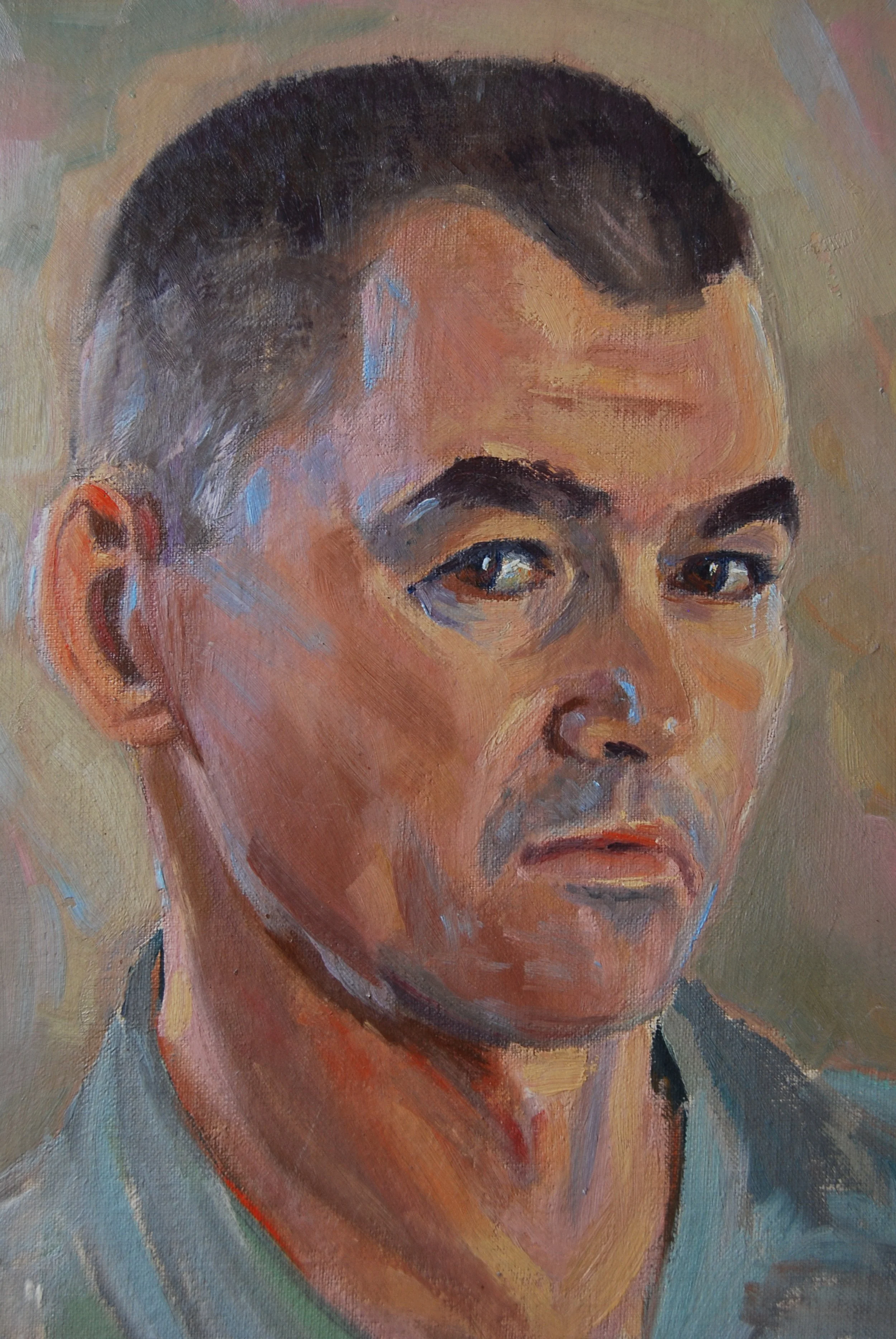An Incomparable one hundred year legacy
Louis Benesch was born in 1915, into a world on the brink of chaos. The child of German immigrants, he learned the importance of hard work, as well as an ability to embrace change. These early lessons, coupled with his uncanny ability to look reality in the eye, enabled him to endure two world wars, the Great Depressions and unknowable everyday struggles without ever losing his child-like affinity for things beautiful, colorful, and later, deeply spiritual.
Throughout life, Lou remained a passionate student in pursuit of multiple disciplines. He read, traveled, and collected artifacts. He came to know the intersections of history, archeology, anthropology and the natural sciences. His insights began to coalesce through the objects he created.
He drafted, built, invented, designed, and crafted everything from buildings and machines to jewelry and art.
Lou found that in art, as in life, the human form is perhaps the most enigmatic of images to be captured. His greatest challenge and primary focus became the faithful illustration of individual dignity, personality and character, through portraiture., which he rendered in an unflinching and unsentimental, but utterly beguiling way. Lou was able to tap into the duality of his subjects, as they appear on the surface, but truly exist in a parallel, spiritual dimension.
He embedded his figures in their natural context within native landscapes of the Southwest. He saw and recorded changing seasons, weather patterns, and shapes morphing with light. Plein-air and self taught “European Masters” techniques allowed him to compose on a two dimensional canvas, the living, moving images of the people and places he came to love. His sense of awe permeated every work.
Lou’s first dedicated studio rested squarely on top of Hohokum ruins from 2000 B.C. The ground was littered with pottery shards, implements, petroglyphs. He felt compelled to share the essential, almost mystical visions the place inspired. There, he collaborated with a sort of “family” of Mesa artists who literally passed the “master’s hat” among themselves. When an artist friend developed Parkinson’s, Lou saw that he remained a welcome part of their great creative enterprise, and later, mentored the man’s son, now a distinguished artist himself in the Mesa area.
A first response to the images in the Benesch Collection is gratitude, relief that all those beautiful, seminal works are not lost and a desire to possess them as a way of holding on to the past. Then they begin to work their magic, and you realize the past is not lost after all. The legacy of Louis Benesch is a living lesson about life itself. The intangible qualities of the human spirit, incorruptible optimism, and road map leading to the universal continuum of oneness with nature and fellow men.


